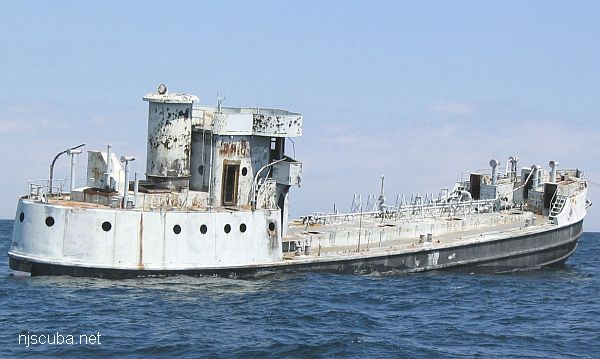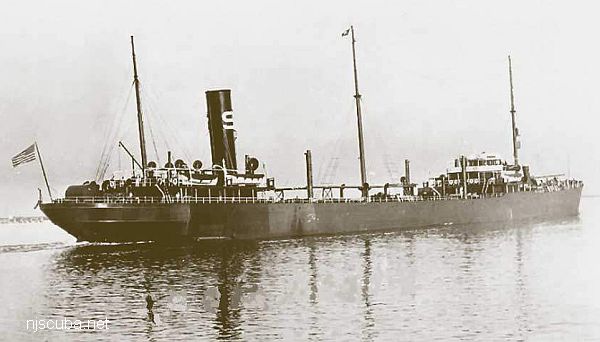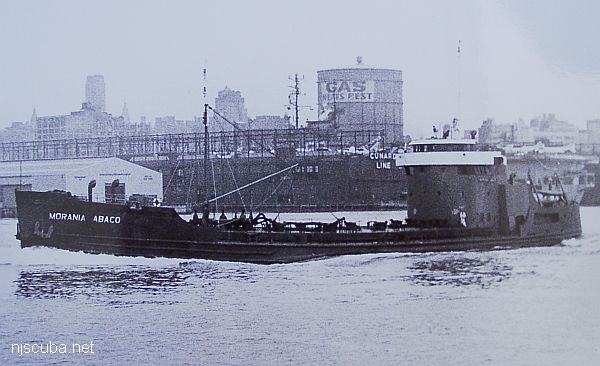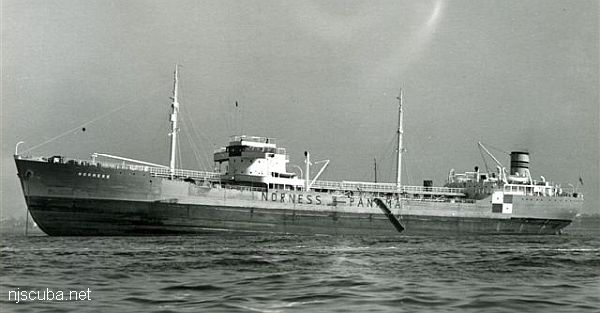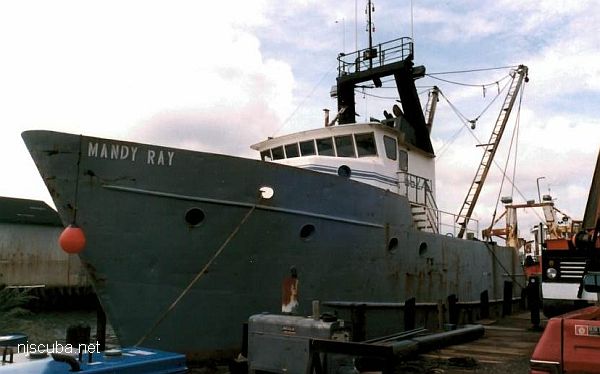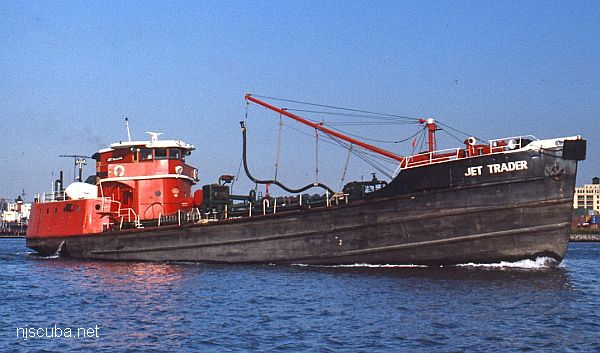
- Type:
- artificial reef, tanker
- Built:
- 1944, Ira S. Bushey & Sons, Brooklyn NY USA
- Specs:
- ( 156 x 30 ft ) 440 tons
- Sponsor:
- Cleanwater of New York
- Sunk:
- Friday September 2 2005 - Atlantic City Artificial Reef
- GPS:
- 39°13.850' -74°12.510'
More: Jet Trader YO-167 ...
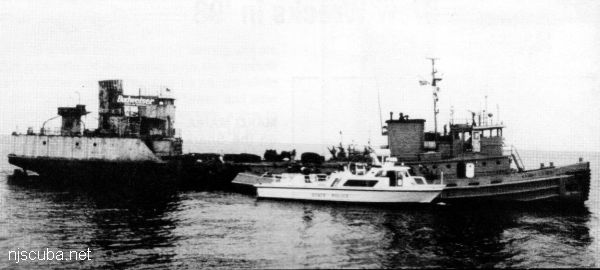
- Type:
- artificial reef, tanker, US Navy YW-83 class
- Built:
- 1945, Bay Shipbuilding, Surgeon Bay, WI, USA, as YW-127
- Specs:
- ( 165 x 33 ft )
- Sponsor:
- GPPCBA, Budweiser
- Sunk:
- Thursday July 16, 1998 - Sea Girt Artificial Reef
- GPS:
- 40°06.419' -73°41.460'
- Depth:
- 125 ft
More: Mako Mania YW-127 ...
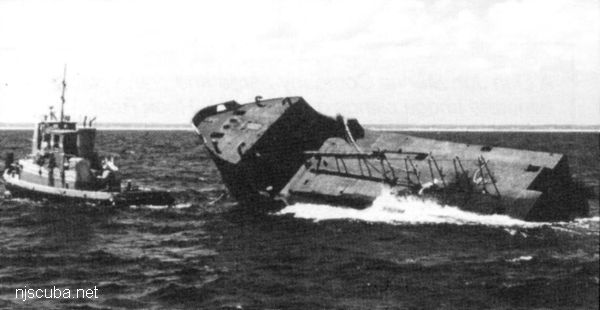 Please support the Artificial Reef Program so that they can sink the rest of this ship !
Please support the Artificial Reef Program so that they can sink the rest of this ship !
- Type:
- artificial reef, tanker ( front half only )
- Specs:
- ( 85 x 30 ft )
- Sponsor:
- Ocean Wreck Divers
- Sunk:
- Friday August 7, 1998 - Sea Girt Artificial Reef
- GPS:
- 40°07.750' -73°56.345'
- Depth:
- 70 ft
More: Ocean Wreck Divers IV "The Bow" ...
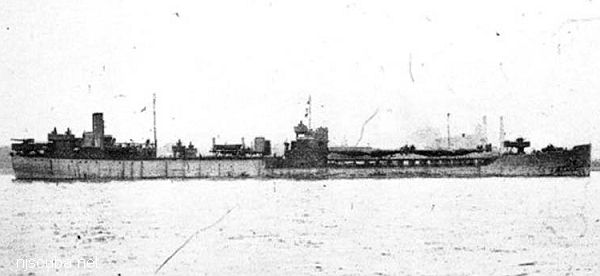
- Type:
- shipwreck, tanker (T3), USA
- Built:
- 1943, Welding Shipyards, Norfolk VA, USA
- Specs:
- ( 516 x 70 ft ) 11017 gross tons
- Sunk:
- Sunday April 16, 1944
torpedoed by U-550, then shelled and sunk by USS Sagamore - 60 survivors
- Depth:
- 240 ft ?
More: Pan Pennsylvania ...
